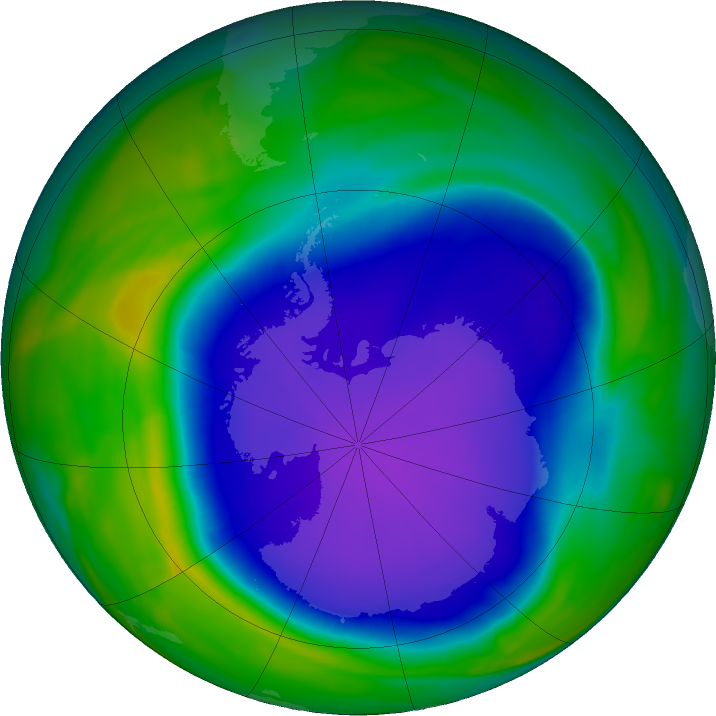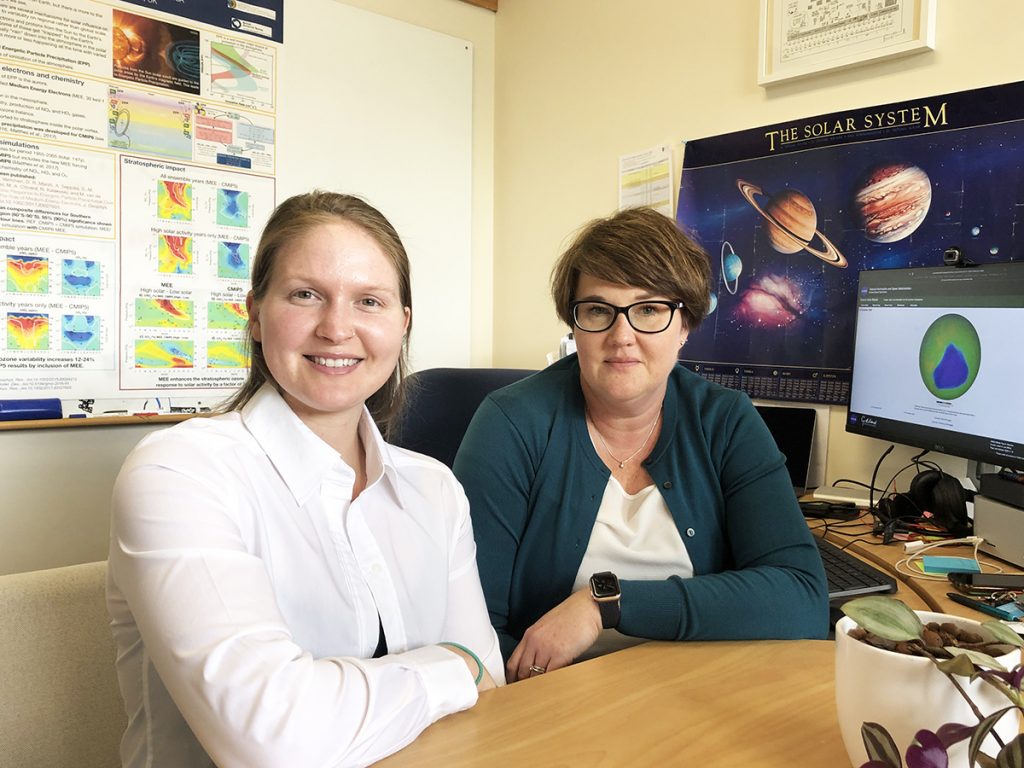 Despite public perception, the Antarctic ozone hole has been remarkably massive and long-lived over the past years, and University of Otago researchers believe there are factors beyond CFCs that are contributing. In their ground breaking work just published in Nature Communications, University of Otago Physicists Hannah Kessenich, Annika Seppälä, and Craig Rodger analysed ozone levels from 2004 to 2022, and found there is much less ozone in the centre of the Antarctic ozone hole compared to 19 years ago. While overall Antarctic ozone is recovering due to the Montreal Protocol that banned the harmful ozone depleting CFCs, the slow ozone recovery is focused on the outer parts of the ozone hole.
Despite public perception, the Antarctic ozone hole has been remarkably massive and long-lived over the past years, and University of Otago researchers believe there are factors beyond CFCs that are contributing. In their ground breaking work just published in Nature Communications, University of Otago Physicists Hannah Kessenich, Annika Seppälä, and Craig Rodger analysed ozone levels from 2004 to 2022, and found there is much less ozone in the centre of the Antarctic ozone hole compared to 19 years ago. While overall Antarctic ozone is recovering due to the Montreal Protocol that banned the harmful ozone depleting CFCs, the slow ozone recovery is focused on the outer parts of the ozone hole.
The Otago team used 20 years of satellite data from the Microwave Limb Sounder instrument on the NASA Aura satellite (https://aura.gsfc.nasa.gov) to identify what drivers the continued ozone depletion in the ozone hole core, and their study highlights the pressing need for comprehensive and ongoing monitoring of the ozone hole due to the critical role the ozone layer plays in protecting life on earth.

